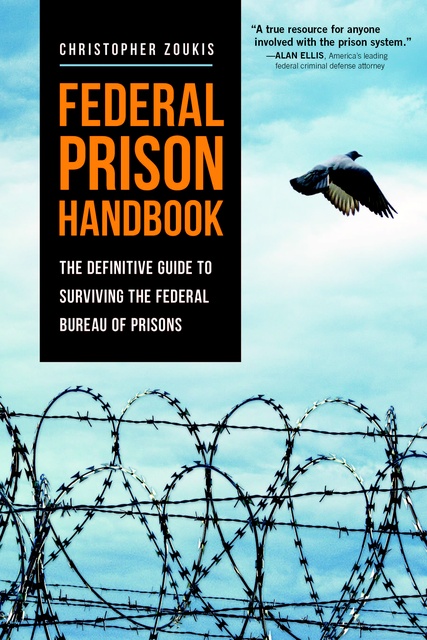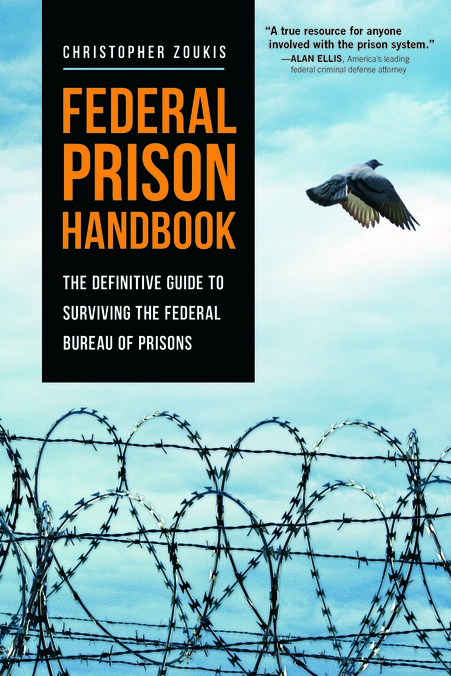Arguing Successful Federal Habeas Corpus Claims
This column is a follow-up to my original column published in the March 2021 issue of Criminal Legal News titled “Raising Successful Federal Habeas Corpus Claims.” In that first piece, I explained how to identify valid claims for federal habeas relief, claims that have the potential to justify relief. This second part goes a step further. Here, I explain how to properly argue those claims once you’ve identified them, with a focus on how to develop the factual record in a way that actually gives the court something to rule on.
In my years working in the field of federal habeas, one pattern comes up again and again: petitioners present what they think are strong legal arguments, but their claims get tossed out before the government even has to respond. It’s not because the law is wrong. It’s because the petition doesn’t contain the one thing the court actually needs: facts.
Too many petitions rely entirely on case law, sometimes quoting whole blocks of it, as if a good citation alone will carry the day. But legal authority without specific, unrebutted facts behind it is just noise. The court already knows the law. What it doesn’t know is what happened in your case, and that’s what your petition needs to explain.
The Court Knows the Law—It Needs Your Facts
When the court screens your petition under Rule 4 of the Rules Governing Section 2255 and 2254 Proceedings, it’s making a threshold decision: are your claims detailed and plausible enough to justify a response from the government? That doesn’t mean you need to prove your case at this initial stage, but it does mean you have to allege enough specific, credible facts to suggest a real constitutional violation. If your claims are conclusory, vague, or clearly refuted by the record, the court is authorized to dismiss the petition outright.
Courts have consistently reinforced this standard. The Ninth Circuit explained that factual allegations in a habeas petition must be taken as true unless they are conclusory, contradicted by the record, or inherently incredible. Lambright v. Stewart, 220 F.3d 1022 (9th Cir. 2000). The First Circuit said the same thing in Ellis v. United States, 313 F.3d 636 (1st Cir. 2002), finding that even post-sentencing conversations between lawyer and client had to be given credit at the habeas pleading stage. And in Escudero-Aponte v. United States, 65 F. App’x 333 (1st Cir. 2003), the court reversed a dismissal where the petitioner alleged sufficient facts that could have led to relief, and nothing in the record contradicted them. These cases serve as good examples of how to frame a solid habeas petition.
Your job at this stage is to present a factual foundation that survives that initial scrutiny. If the court can’t rule out your claim just by pointing to the record, it has to take what you’ve alleged as true. That’s important.
The kinds of facts that matter are the ones the court can’t find in the trial transcripts or sentencing minutes. These are facts that exist outside the record, which means the court has to rely on what you allege. For example, let’s say you’re raising an ineffective assistance of counsel claim based on your lawyer’s failure to consult with you about filing an appeal. It’s not enough to say, “My lawyer didn’t file an appeal.” That’s a conclusion. Instead, you need to lay out the story: “After sentencing, my lawyer said she’d come back and talk to me about appealing, but she never did. I didn’t know I still had appeal rights because of the waiver in my plea agreement, and no one explained otherwise. I never saw her again.”
Similarly, if you told your lawyer you wanted to appeal and you never heard from him again, thoroughly explain exactly what happened. Detail the phone calls you made, the letters you sent, and your family’s efforts to contact the lawyer to file the appeal. These specifics are what make your claim real and credible to the court.
Those are facts—not arguments, not conclusions. And they’re not something the court would know from reading the docket or transcript. This means the court must accept them as true at the initial stage. If those facts are enough to show a possible Sixth Amendment violation, your petition gets past Rule 4.
The more detailed and personal your facts are, the more credible they become. A vague claim like “counsel failed to investigate a defense” isn’t sufficient. But this might: “Two months before trial, I gave my lawyer the name and phone number of my coworker Tom, who was with me the night of the alleged incident. He told me he would contact Tom. Later, I asked if Tom would testify, and he said “no.” After the conviction, I spoke to Tom, and he said that no one ever reached out to him.”
This gives the court something concrete—a name, a timeline, a potential witness, and a lawyer who did nothing with that information. That’s how you build a claim that survives screening.
Affidavits Are Your Best Weapon
Every habeas petition is verified under penalty of perjury, and most are accompanied by an affidavit that lays out your facts clearly. Courts treat verified petitions and affidavits the same way—as sworn testimony. So, if you’re telling the court what happened, do it in a way that the court can rely on by filing an affidavit.
Your affidavit doesn’t need to be written in legalese. Just write the truth in plain English. What did your lawyer say? What did you say? What happened that the court doesn’t already know? Tell the complete story with as much detail as possible. The entire purpose of a habeas petition is to develop the record with facts that are not already in it. When you allege new facts in your petition or affidavit, you’re doing exactly that—putting those facts into the record so the court has something to work with. That’s the point: to explain what happened outside the four corners of the transcripts and pleadings and to give the court a reason to take the next step.
This not only helps get past screening, but it also puts you in a stronger position to fight back if the government later moves for summary judgment. When that happens, the court is required to view the evidence in the light most favorable to you. But if there’s no evidence—no facts—then there’s nothing to weigh, and summary judgment will go against you.
Without Facts,
You Won’t Get a COA
Even if your petition is denied, you still need facts to appeal. To get a certificate of appealability (“COA”), you have to show that your claim is debatable among reasonable jurists. But the court can’t debate a claim that isn’t explained. If the facts aren’t there, the judge won’t bother issuing a COA, and the appellate court won’t either.
In Lambright, the Ninth Circuit made it clear that a COA should issue when the petition facially alleges a constitutional violation, and the procedural ruling is reasonably debatable. The court emphasized that even when the district court dismisses a claim on procedural grounds without full development of the factual record, appellate courts can and should take a “quick look” at the petition to determine if the petitioner has at least facially alleged the denial of a constitutional right. If those allegations exist and aren’t obviously meritless or refuted and if the procedural bar applied by the district court is itself debatable, then a COA should be granted to allow further review.
The Ninth Circuit made it clear that a habeas petitioner shouldn’t be shut out of appellate review just because they weren’t given the opportunity to fully develop their claims through briefing or an evidentiary hearing. But if your petition is just a few legal citations with no story behind them, there’s nothing to debate.
Conclusion
In sum, federal habeas relief is possible but only when you give the court a reason to grant it. That reason is almost always found in the facts. When you put those facts into a sworn petition or affidavit, you’re not just making a claim; you’re building the foundation the court needs to evaluate whether relief is warranted. If those facts are clear, specific, and not contradicted by the record, the law gives you a chance to be heard. But if the facts aren’t there, no amount of case law will save your petition.
Dale Chappell has over 18 years of experience specializing in state and federal postconviction relief. He has extensive experience with federal habeas litigation, has published hundreds of articles on the subject, and serves as CLN’s habeas expert. His deep understanding of postconviction law and firsthand insight into the challenges faced by prisoners make him a trusted authority on this complex area of the law. He is also the founder of Chappell Group Consulting, which provides expert consulting for attorneys and clients on postconviction matters. He can be reached at help@getoutearly.com.
As a digital subscriber to Criminal Legal News, you can access full text and downloads for this and other premium content.
Already a subscriber? Login





